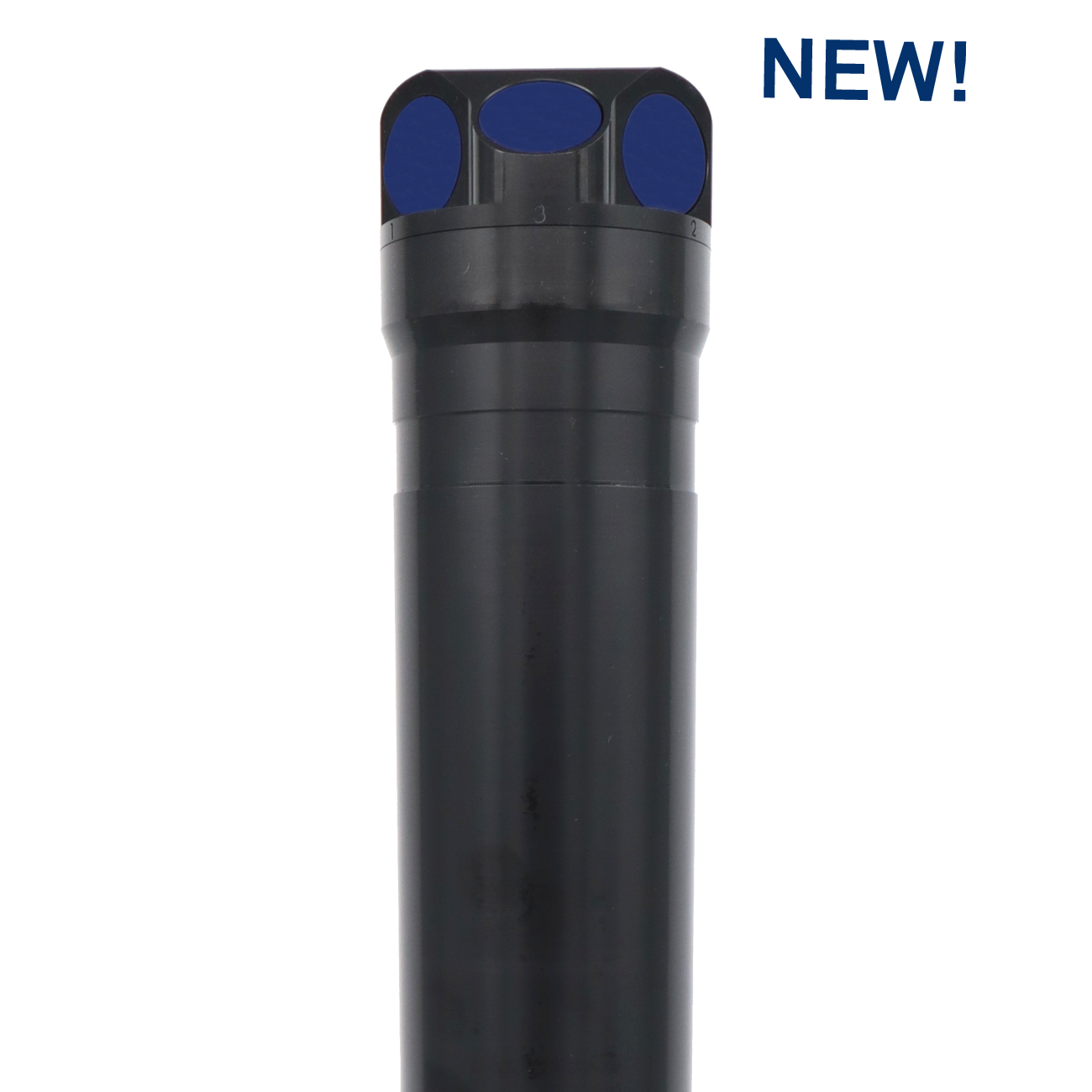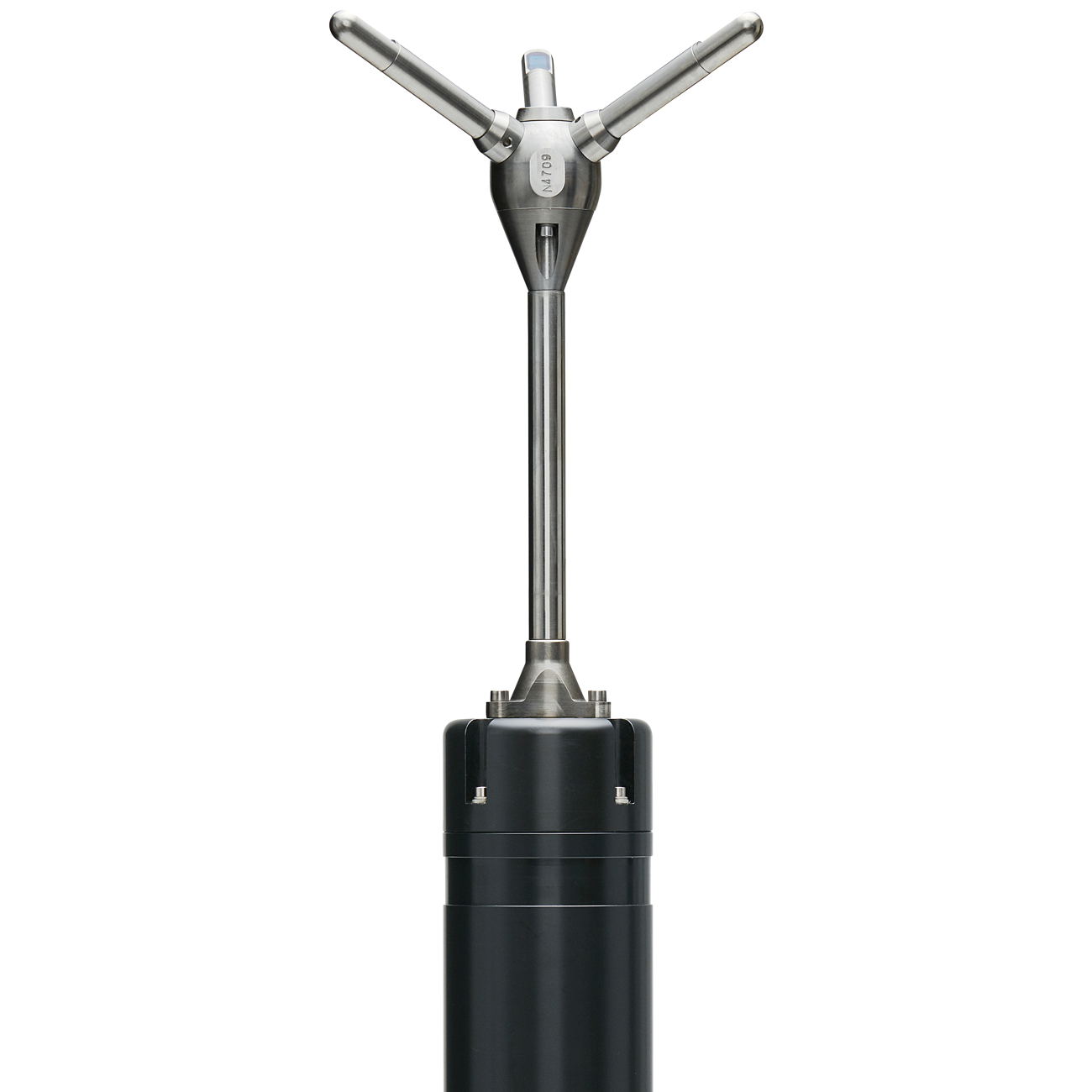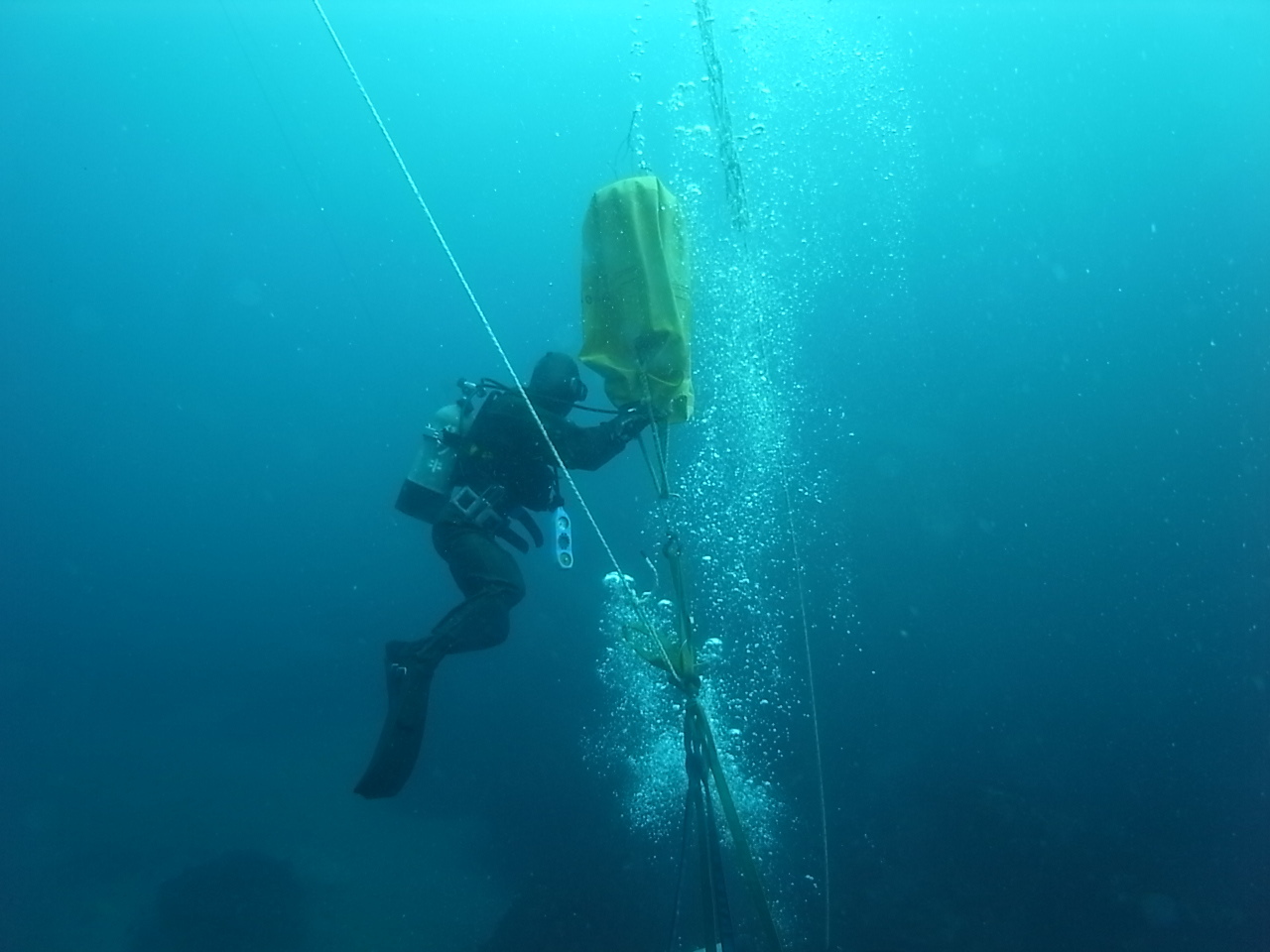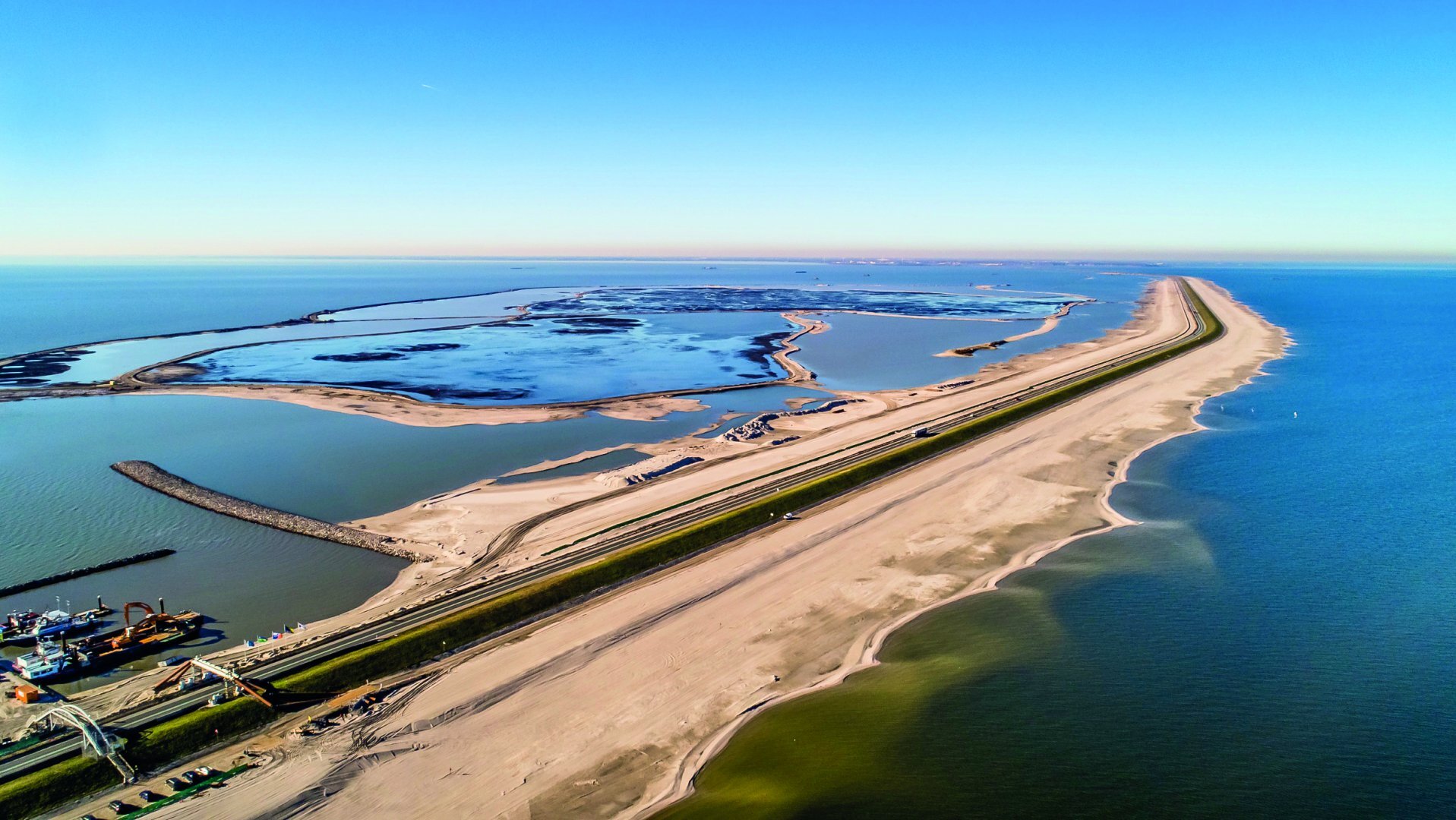
Current and wave monitoring supports a natural solution for Dutch flood defense
- User stories
Synopsis
Challenge
The Houtribdijk dike in the Netherlands needed maintenance to continue protecting Dutch shorelines from the flooding.
Solution
After using Vectors and Aquadopps in a monitoring system to measure the currents and waves in the area, it was decided that artificial beaches would be created, rather than rocks and other "hard" barriers.
Benefit
This "nature-based" flood defense will protect the dike while also providing a valuable ecosystem. This system can also be applied in other areas in the future.
The Houtribdijk is a 25 km long dike separating two large artificial lakes, the IJsselmeer and Markermeer. The lakes and accompanying dikes protect the Netherlands from the impact of the extreme weather in the North Sea, and from flooding in river systems.
After years of battering by the elements, the Houtribdijk was in need of major maintenance. The established method of making it more secure would have been to bolster the barrier of rocks and other building materials already protecting the dike from the impact of water during storms. But the authorities opted for a different approach.
A nature-based solution for flood defense
Instead, they tried a more nature-based solution, by creating two 140 m wide artificial beaches on either side of the dike. The sloping contours of these beaches not only improve protection against waves and the elements, but also create a valuable habitat for coastal flora and fauna, and a new area for recreational activities.
Around 10 million m³ of sand needed to be deposited around the dike – equivalent to the amount of sand used to maintain the entire seashore of the Netherlands from erosion in a year. Following the reinforcement, the dike should be able to withstand storms up to an intensity likely to happen only once in every 10,000 years.
Pioneering non-tidal freshwater project
The project is unique because, although such sand-based reinforcement has been used in coastal defenses against seawater, it has not been used before in non-tidal freshwater conditions. Specialists from the EcoShape knowledge consortium initially conducted extensive research in a test area to see how the sand behaved. The results of the test were used for techniques to realize the full-scale application.
Henk Meuldijk, Reinforcement Project Manager at Rijkswaterstaat, says: “It is really good that measurements were taken at the pilot site for a number of years. We can see that the shape of the sand mass is relatively stable after two years. We have used this knowledge for the construction of the reinforcement as well as for our management and maintenance plan.”
Rijkswaterstaat forms part of the Dutch Ministry of Infrastructure and Water Management, handling the design, construction, management and maintenance of infrastructure facilities in the Netherlands.
A research and monitoring program now running for the full, scaled-up solution is designed to ensure experience gained so far regarding the reinforcement of the Houtribdijk can be applied in the future. This program is being led by Rijkswaterstaat in collaboration with Delft University of Technology.
“The knowledge that we are gaining here will be very useful in the Netherlands and beyond,” Meuldijk says.
Video: Take a closer look at how the dynamic behavior of the sand in the Houtribdijk reinforcement is being monitored.
On-site ADCP monitoring proves its value
Desktop modeling could only help to a limited extent on the project, given the many forces at work and the complexities of the feedback between them. If the sand started shifting on test sections of the beach or holes started appearing in it, then the researchers needed to know exactly what forces were at play.
Detailed monitoring of the interaction between the water and sand was essential to ensure the defenses were fit for purpose, which is where Nortek’s expertise in current profiling and wave measurement came in.
“With traditional coastal protection works, you only deal with physical problems, such as currents, waves and rock forces. But with these nature-based solutions, you need a much greater degree of monitoring, because the outcomes are much harder to predict and you need to take into account ecological elements like flora and fauna,” says Sicco Kamminga, Managing Director at Nortek’s subsidiary in the Netherlands.
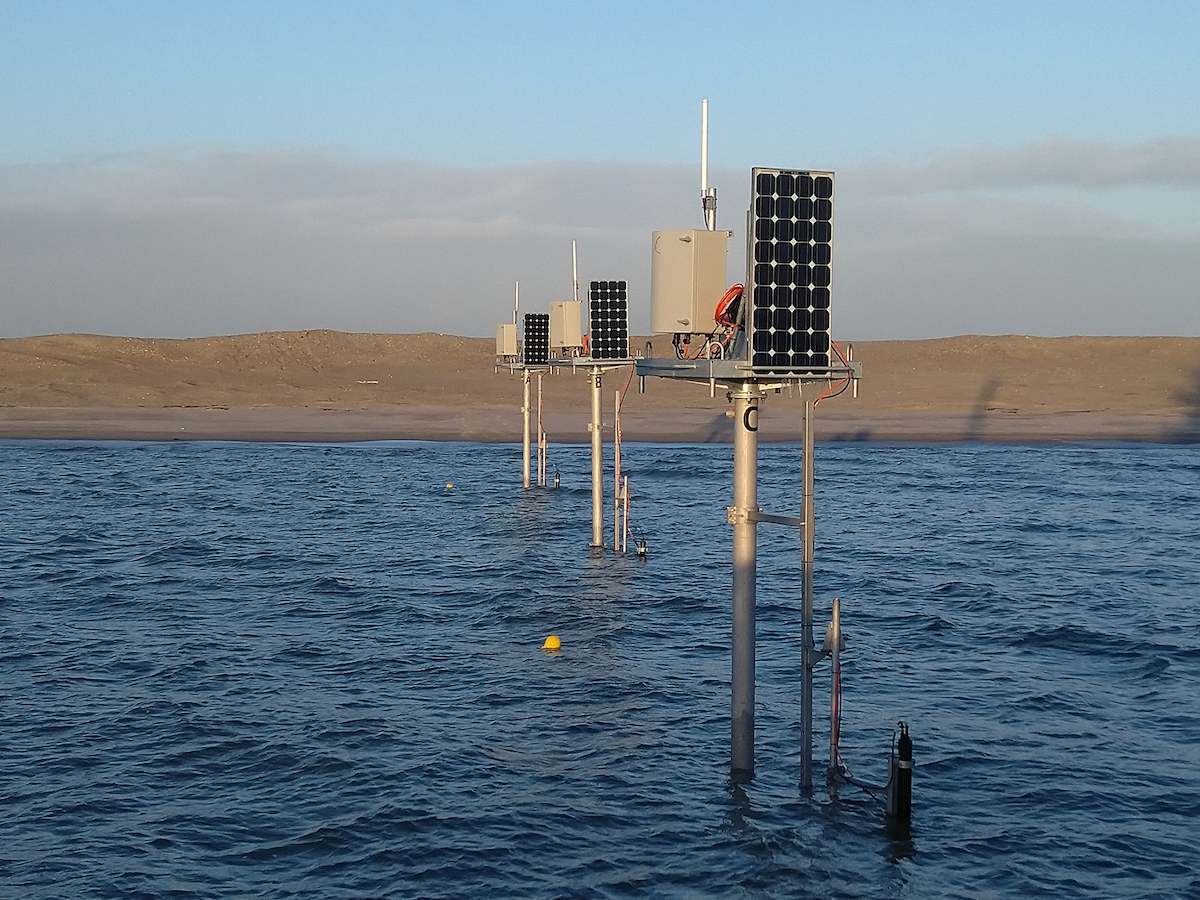
Current meters and current profilers for precision monitoring
Nortek provided Vector current meters and Aquadopp current profilers, the latter operating in high-resolution mode for higher-precision measurements.
“Nortek was selected by means of a public tender procedure by the Dutch authorities, and was finally chosen because they offered the best quality for an acceptable price. Nortek suggested various additional elements of the total setup that led to a more robust and reliable monitoring system,” says Rinse Wilmink, Project Manager and Advisor on coastal flood risk management and morphology at Rijkswaterstaat.
Accuracy was of course vital, but at the same time energy consumption needed to be low, given that the instrument arrays were mounted on small platforms in shallow water, powered only by small solar panels.
“Low energy consumption was a key requirement, and our instruments consume very little power, even when working continuously,” says Rikke van der Grinten, Sales Engineer at Nortek.
Nortek was also asked to devise the telemetry system for data transfer from the instruments. Creating the capability to reliably transfer and present up to 1 GB a day of data was challenging, both technologically and in terms of the time available.
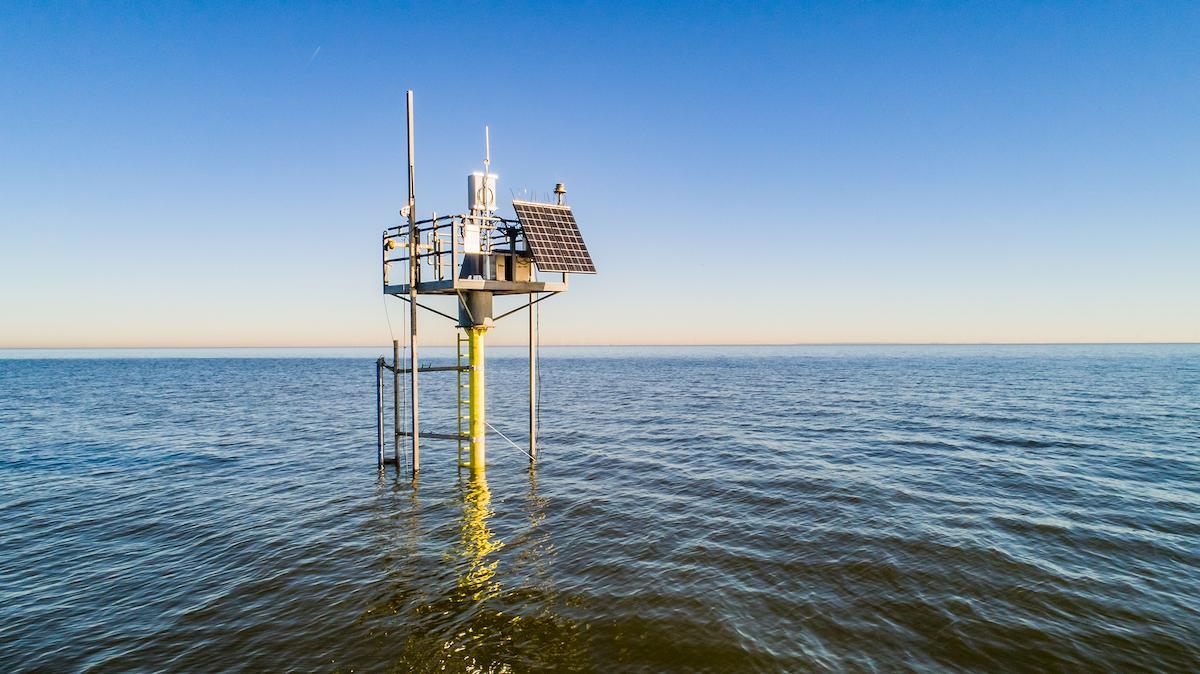
The client required Nortek to work with diverse instruments from multiple manufacturers, integrating all of these into one functioning system. That was a complex task made even more challenging because Nortek’s engineers needed to get the job done in just two months, including the Christmas of 2018.
“Carrying out a project of this complexity in such a short timeframe was a big challenge, but two months after we took on the work, the systems were working,” says van der Grinten.
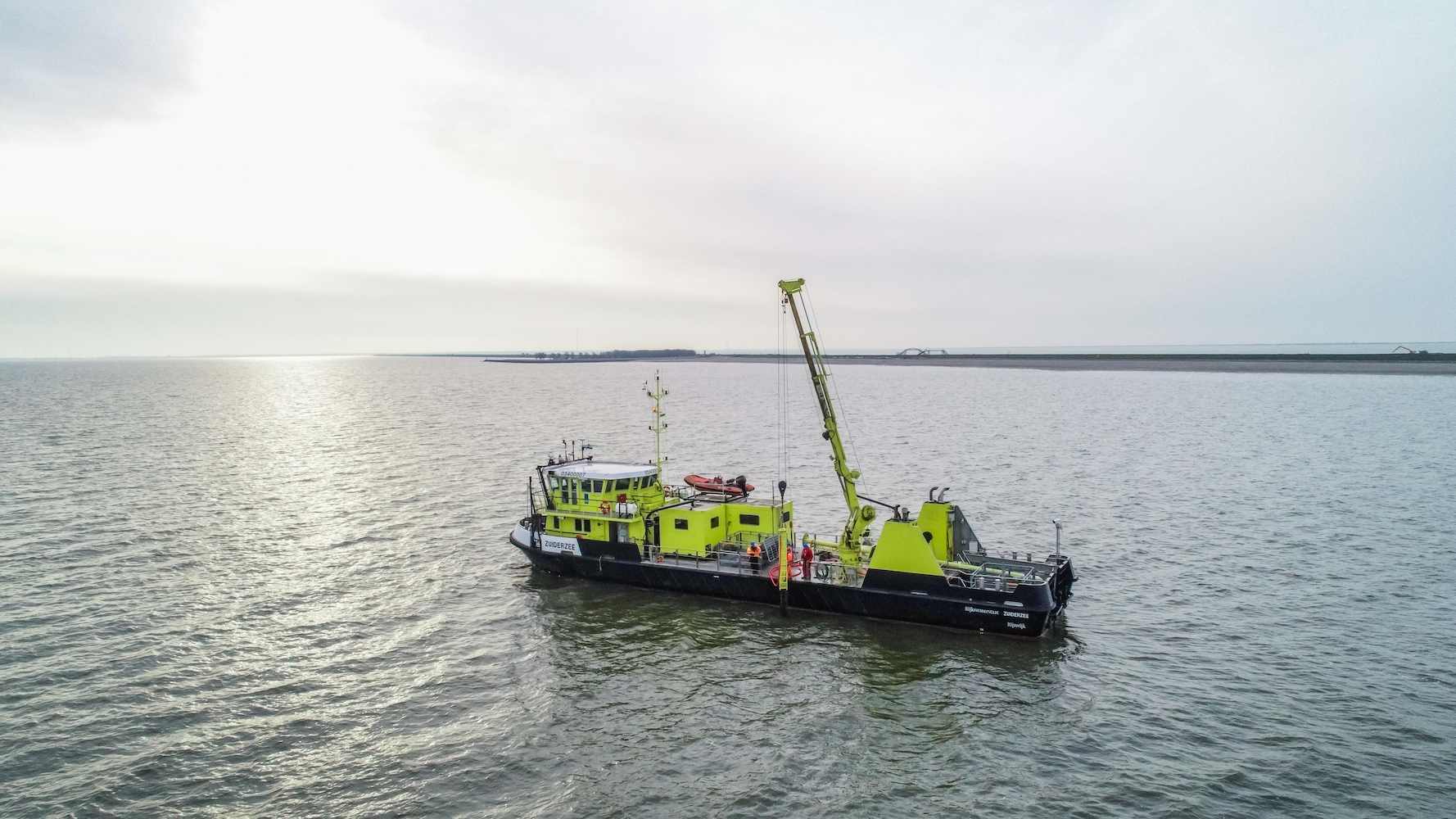
Nortek ADCPs aid efficient dike maintenance
The monitoring program has proven invaluable in determining how to maintain the dike more efficiently and the degree to which the sandbanks will need to be maintained in coming years. The dike reinforcements – a mixture of the sandbanks, stone and asphalt – were expected to be completed during 2020.
They are forecast to operate well for ten years without much maintenance. But no one is sure how much, if any, reinforcement will be needed after that. The detailed data now being harvested will give a much clearer idea of what’s required.
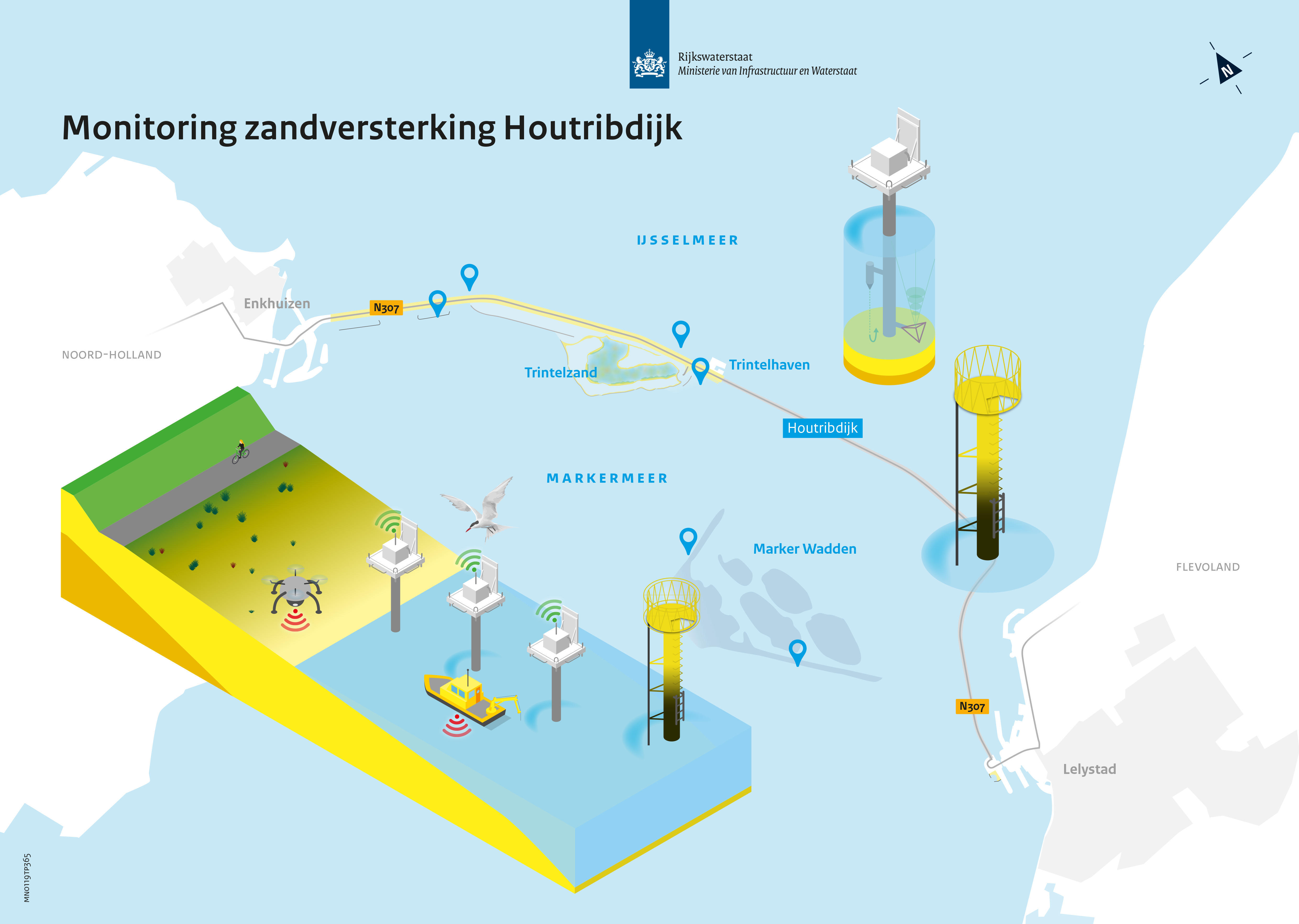
The flood protection system for the Houtribdijk is being monitored in a number of ways:
Morphodynamics: Over time the sand will form an equilibrium with the incoming wave action. Various measurements will show which important processes are driving the deformation of the sand. ADCPs measure currents, waves and small-scale turbulence at these stations.
Circulating installations: Three locations are being monitored in detail, via measurements of high-frequency waves, velocity and morphodynamic processes. These locations change over time during the program. Here, Nortek’s Vector current meter measures high-frequency currents in a small measurement volume, and the Aquadopp current profiler measures short-term variations in current profiles close to the bed.
Long-term benchmarks: These benchmark installations are active throughout the program. The installations measure offshore wave and velocity conditions in the Markermeer and IJsselmeer. ADCPs measure currents in these stations as well.
Video: The Dutch authorities are reinforcing the Houtribdijk with sand that comes from nearby. The transition between water and sand will also benefit natural diversity. This type of reinforcement in a freshwater environment is a world first. Scientists are monitoring how sand and waves affect each other.

Learn more about Nortek Netherlands' river discharge data project River Insight at their website.
